
For the first time, I visited one of Taiwan's islands, Xiaoliuqiu. It was truly an amazing place with beautiful beaches, a blue ocean, and shells and dead corals scattered on the shore. I even had the chance to see two live corals near the shore. But the most exciting part was encountering sea turtles. They were incredibly beautiful, and it was easy to spot them swimming close to the beach.
The weather in mid-November was already starting to cool down. We had to wear jackets in the morning and at night when going outside. Only during noon was it hot enough for us to go swimming. Unfortunately, we ended up getting sunburned, and our son was scared to get into the water.
On Sunday afternoon, there were many people on the island. However, when we went on Monday, the place was nearly empty, and we could enjoy the island almost by ourselves. The trip cost us about 5000 (excluding transportation to Donggang Harbour). We booked a hotel on the west coast, which was really nice. The price included boat tickets and a scooter rental for 24 hours.
The island is very small, and we drove around it several times. We even went out at night, although it may not be a good idea in some areas as many places are completely dark. On some roads, we noticed signs saying "crab crossing, please slow down." I didn't see any crabs on the road, but according to my husband's past experience, it happens quite often at night. We also went to the beach at night and saw two large crabs and some other sea animals. The next day, we saw a few sea turtles on the beach, swimming very close to us. We also had the opportunity to see different fish and corals.
The biggest attractions on the island are the beaches, Vase Rock, and a few caves. It's a popular place for snorkeling and observing sea turtles. Unfortunately, we didn't visit any caves during our trip. Besides the beaches, we also visited the Lighthouse and Banyan Tree. I had wanted to see the sunrise, but it was difficult to convince my husband to wake up early. Next time, we should find a hotel on the east side of the island instead.
There is a small town in the north, close to the harbor and Vase Rock, where we saw many tourists, especially foreigners.
See also: Guishan Island - dolphins
Xiao Liuqiu (小琉球)
Xiao Liuqiu (小琉球), also known by several other names, is a coral island in the Taiwan Strait, approximately 13 kilometers southwest of Taiwan Island. It has an area of 6.8 km2 and a population of approximately 13,000 residents, the majority of whom share only 10 surnames. It is one of Taiwan's largest coral islands and the only one with significant population and human activities. The island is also covered with limestone and features red-colored land due to weathered iron oxide and silicon oxide.
Liuqiu is administered as a township of Pingtung County. The name "Liuqiu Islet" (嶼, yǔ) was first used during the Ming Dynasty. Since "Liuqiu Yu" is also the name of the Japanese archipelago, including Okinawa, the island has been nicknamed "Little Liuqiu" since the early 20th century. The island was previously known in English and other European languages as Lambay or Lamay Island, which is thought to be a transcription of a name from one of the Taiwanese aboriginal languages. It was occasionally also known as Golden Lion Island, a calque of its old Dutch name, Gouden Leeuwseylant.
In 1622, the Dutch ship Goude Leeuws or Gouden Leeuw (Golden Lion) hit the island's coral reefs, and its entire crew was massacred by the island's natives. In 1631, the Dutch yacht Beverwijck wrecked on the same reefs, and its survivors battled for two days before also being slaughtered. Hendrik Brouwer, the governor-general of the Dutch East Indies, personally ordered the "punishment and extermination" of the people living on this island. In 1633, an expedition under Claes Bruijn discovered that it was undermanned for the task and accomplished little, except for finding a large cave on the island used by the natives as a shelter in times of trouble. A larger expedition under Jan Jurriansz van Lingga in 1636 corralled the locals into it, sealed its entrances, and filled its air with burning pitch and sulfur for eight days. By the end of the Liuqiu Island Massacre, about 300 people were killed, and 323 were enslaved. The men were sold to plantations in Taiwan and Indonesia, while the women and children were used as wives or domestics in Taiwan.
The first Han inhabitant was a Fujianese fisherman surnamed Chen, who is said to have arrived on the island by accident during a storm in the same year as the Liuqiu massacre. The few remaining native inhabitants were picked off by further slave raids and assaults until 1645 when a Chinese merchant, who leased the island from the Dutch, removed the last 13 aborigines. It was then resettled by Chinese people who built a fishing village there. By the end of Qing control in 1895, there were only 200 people living on the island.
During the Japanese occupation of Taiwan following the First Sino-Japanese War, the island was administered as a village in the Tōkō District of Takao Prefecture. After Taiwan regained control in 1945, the island became a township of Pingtung County. In the early 21st century, Liuqiu transitioned to a tourism-based economy and now receives hundreds of thousands of tourists each year.
See also: Kenting National Park

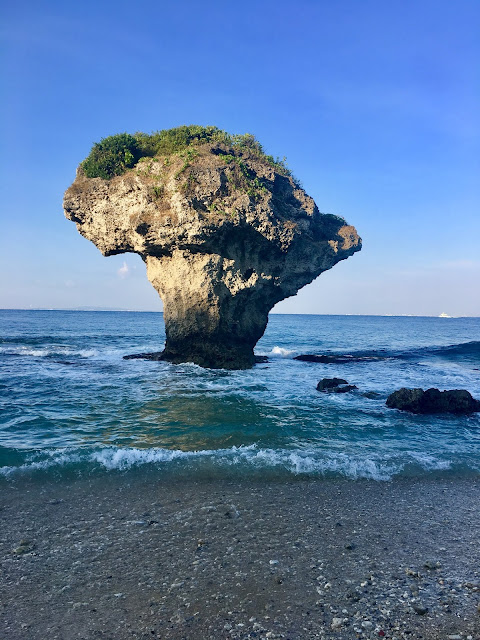




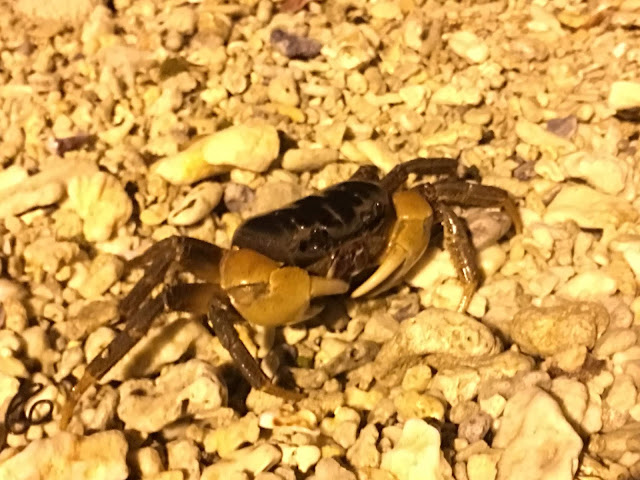



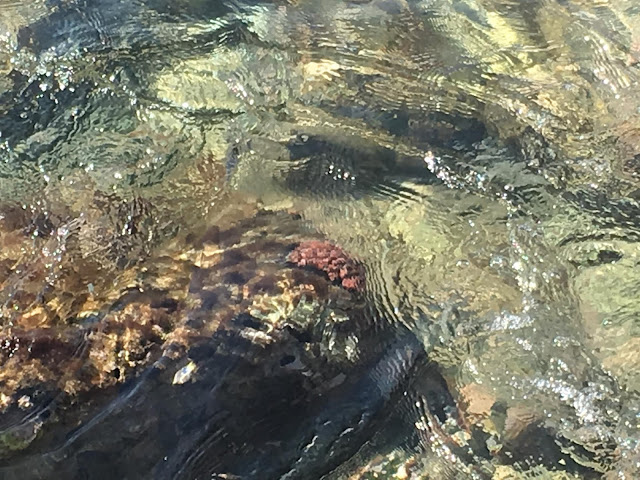

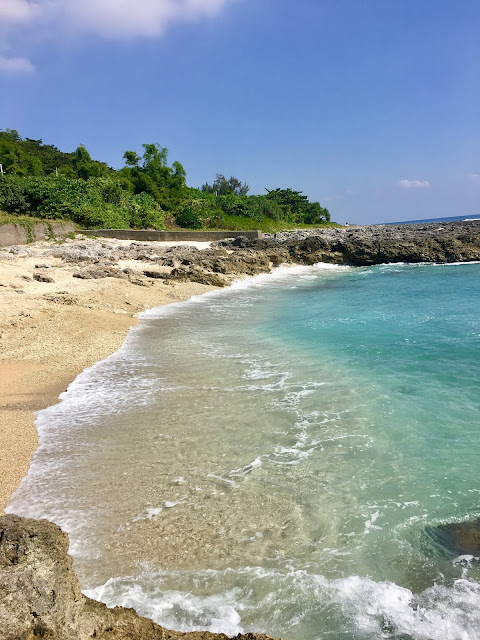

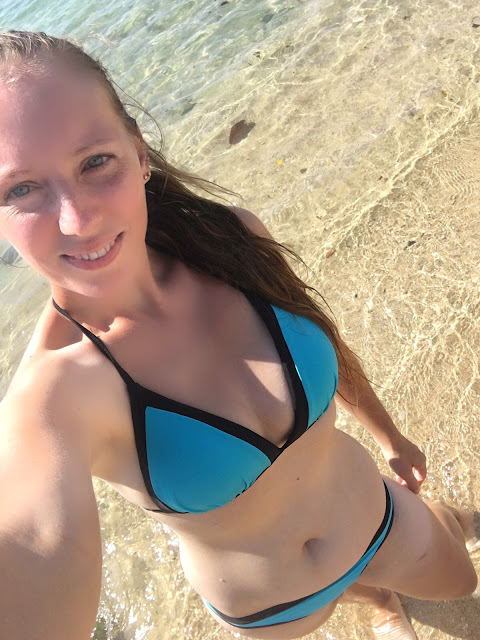


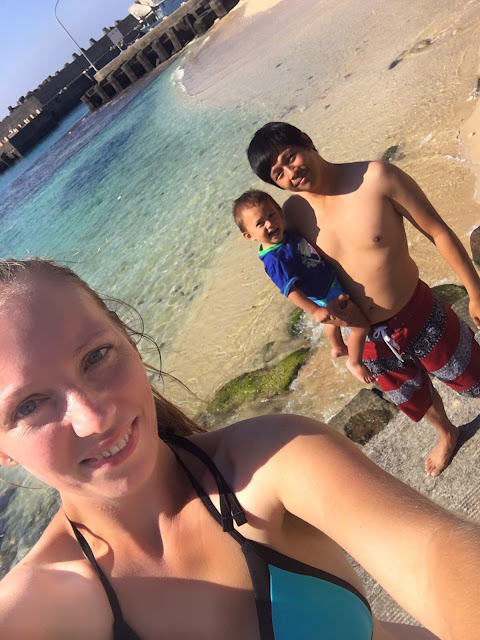
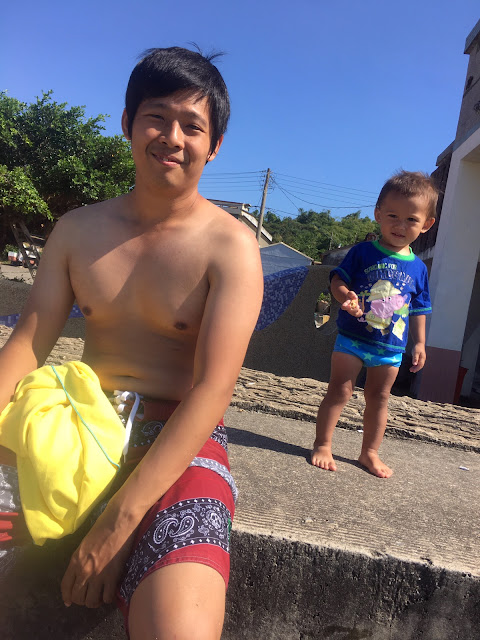







0 komentarze:
Post a Comment